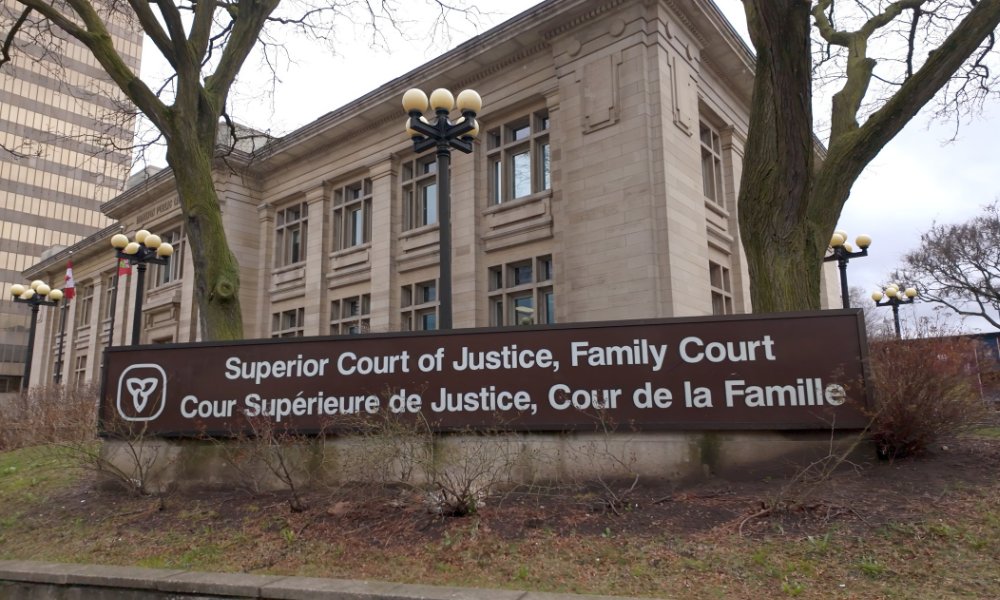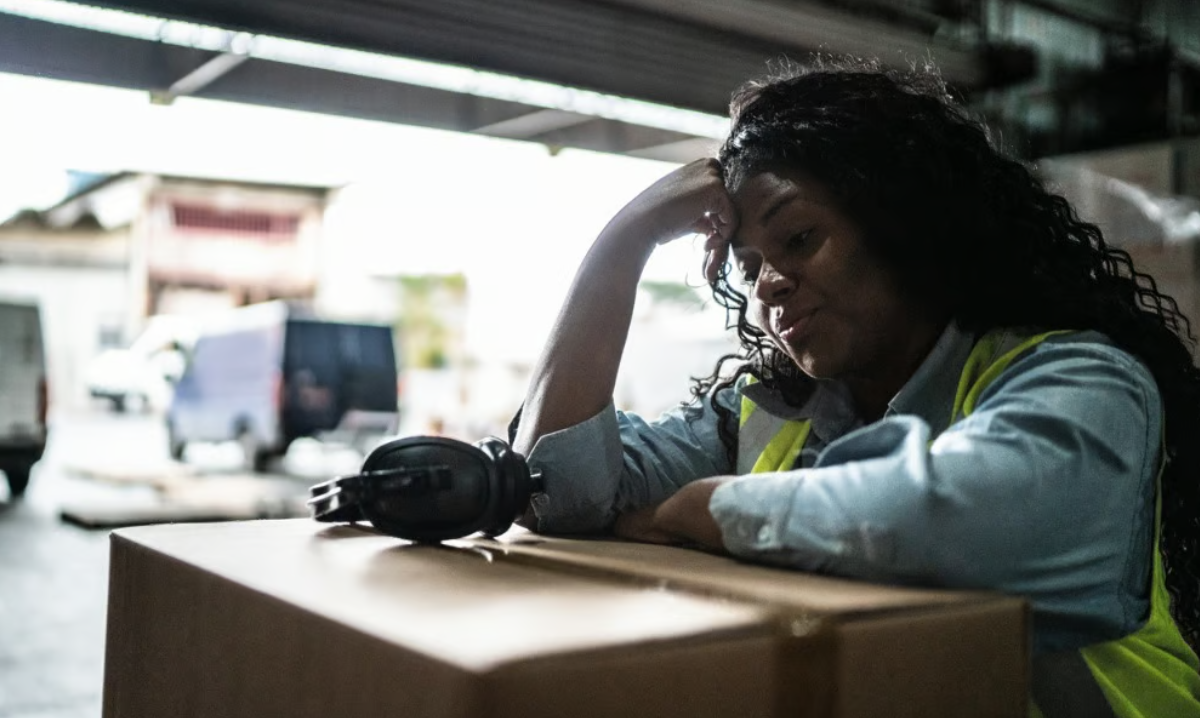Worker was on roof without fall protection

British Columbia employer Shift Energy Group Inc. has been fined $86,319.92 for a fall-related violation in the workplace.
The company was installing a solar energy system at a residence in Victoria when WorkSafeBC inspected the site and observed a worker installing a mounting bracket on a 6:12 sloped roof.
“No fall protection was in place, exposing the worker — who was also a supervisor — to a fall risk of up to 10.4 metres (34 feet),” said WorkSafeBC.
“The firm failed to ensure fall protection was used, and failed to provide its workers with the information, instruction, training, and supervision necessary to ensure their health and safety — both repeated violations. The firm also failed to have a written fall protection plan in place. These were all high-risk violations.”
Why do we need fall protection?
Falls are common causes of serious work related injuries and deaths, noted the Canadian Centre for Occupational Safety (CCOHS). Fall protection planning can help to eliminate the hazards or control the risks associated with working near openings or at heights.
Occupational health and safety laws generally require action when a worker has the potential to fall about three metres (10 feet). These measures generally include the use of some of the following:
- fixed barriers (e.g., handrails, guardrails)
- surface opening protection (e.g., covers, guardrails, etc.)
- warning barriers or control zones
- fall or travel restraint systems (i.e., systems to prevent a worker from falling from a work position, or from travelling to an unguarded edge)
- fall containment systems (e.g., safety nets)
- fall arrest systems
In this subject, employers must do the following, said CCOHS:
- Develop written fall protection policy and procedures relevant for the workplace.
- Identify all areas where there is a potential of injury due to fall.
- Prioritize using passive fall arrest systems, such as guardrails, travel restraint, or fall-restricting systems over only relying on personal fall arrest systems.
- Develop fall arrest rescue procedures which detail how to return workers safely to the ground after a fall has been arrested.
- Educate and train workers and supervisors to understand and properly fulfill their role in fall protection and prevention. Workers should have easy access to policies and procedures so the directions can be reviewed when needed.
- Make sure workers are instructed in all of the fall-protection methods or systems used and, in the post-fall rescue procedure before being allowed into an area where there is a risk of falling.
- Make sure the fall-arresting system consists of the required components, including full body harness, self-retracting lanyard, energy absorbing lanyard or lanyard and energy absorber, and appropriate anchor point or horizontal life line.
- Make sure all protective equipment, clothing or devices are provided, used, and maintained in good condition.
- Make sure PPE is used effectively according to the policies and procedures, legal requirements, and the manufacturer's specifications.
- Review and amend the fall protection plan when necessary, on a regular schedule.
- Review and amend the fall protection plan after relevant workplace changes.
- Review and improve the fall protection plan after each fall or near-miss incident.





